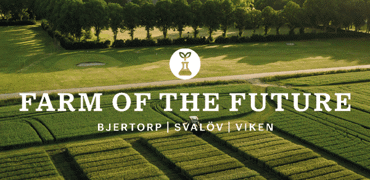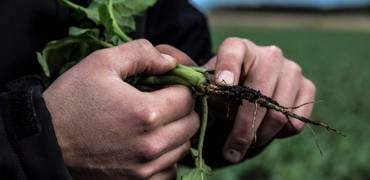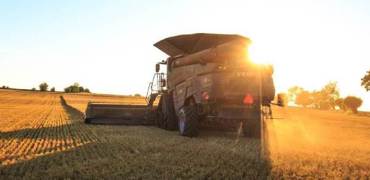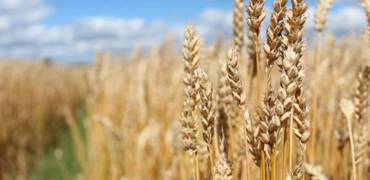This year's harvest is more important than it has been for a long time, not least because of the poor harvest last year, which has led to a need to replenish Swedish food stocks. The challenges of agriculture in 2023 have been described as a perfect storm – too dry at the beginning of the summer, and then too wet. The consequence was a smaller harvest and poorer quality which, together with, among other things, high energy costs, high fertilizer prices and increased interest costs, created major challenges for many farmers.
"Last year's poor harvest was tough for many farmers, who were already facing challenges with increased input costs, inflation and higher interest rates. A good harvest this year is very important for Swedish agriculture, but also for domestic food production and for Swedish food preparedness. The 2024 harvest is a national concern, and the journey to get there begins now," says Elisabeth Ringdahl, Head of Agriculture Sector at Lantmännen.
Spring cultivation for the 2024 harvest has now started in southern Sweden and is being prepared in other parts of the country in anticipation of warmer weather. The work started a few weeks later than normal in southern Sweden, which is explained by the fact that it has been unusually wet. According to statistics from SMHI, the amount of precipitation this winter has been twice as large in many areas compared to normal, which affects the start of spring farming.
Although autumn crops have generally developed well and the average temperature has been relatively normal, crops in some areas have been negatively affected when large areas have been under water.
"Large amounts of precipitation in low-lying fields have been challenging throughout the country. In some parts, last year's extreme weather has also resulted in partly damaged fields, which has a negative impact on spring cultivation," says Johannes Åkerblom, Head of Crop Production, Lantmännen Agriculture.
The groundwater level is significantly higher than last year, which among other things creates greater resistance to drought. The fact that spring cultivation has started later than normal in southern Sweden does not necessarily mean that the timetable will change in the rest of the country.
"The weather controls spring cultivation, and if we get a combination of warmer and drier climates in the next few weeks, there is a possibility that spring cultivation can begin at normal times in central and northern Sweden," says Johannes Åkerblom.
The delayed spring cultivation in the south may thus mean that the time between the south and north sowing will be significantly shorter than normal when there is usually a difference of about six weeks.
If one take a closer look at the cost trend for the individual farmer, the major shortage of seeds has been reflected in significant price increases. The shortage is illustrated by the fact that imports to Sweden from neighboring countries have quadrupled, according to the Jordbruksverket’s figures. Regarding plant protection, it remains at about the same level as last year. It is gratifying, however, that the price of fertiliser, a significant cost for many farmers, is lower than last year. However, interest rates remain high, which means that calculations are being challenged on many farms.
"One way to compensate for increased costs is to strategically optimize the use of inputs, including through precision farming. In this way, you can get the most possible harvest, with high quality, while minimizing leakage and environmental impact. It is a sustainable investment that creates good conditions for increased productivity," concludes Johannes Åkerblom.
Going forward, Lantmännen sees a great need for investments in the infrastructure for water management – drainage and irrigation – to ensure increased harvests and stronger food supply. This means costs that Lantmännen does not see that the farmers themselves can bear.
Read more
- Lantmännen will continuously comment on the development of the harvest together with farmers during Harvest 2024.
- Precision farming is part of Lantmännen's investment in innovations to increase harvests and achieve climate-neutral agriculture by 2050. Read more about this, and many other achievements, on Lantmännen's pages about Farming of the future.
- Patrik Myrelid, Head of Strategy at Lantmännen, explains in the Lantmännen blog how investments in climate adaptation create stronger agriculture.
For more information, please contact:
Lantmännen Press Office
Phone: +46 10 556 88 00
E-mail: press@lantmannen.com























